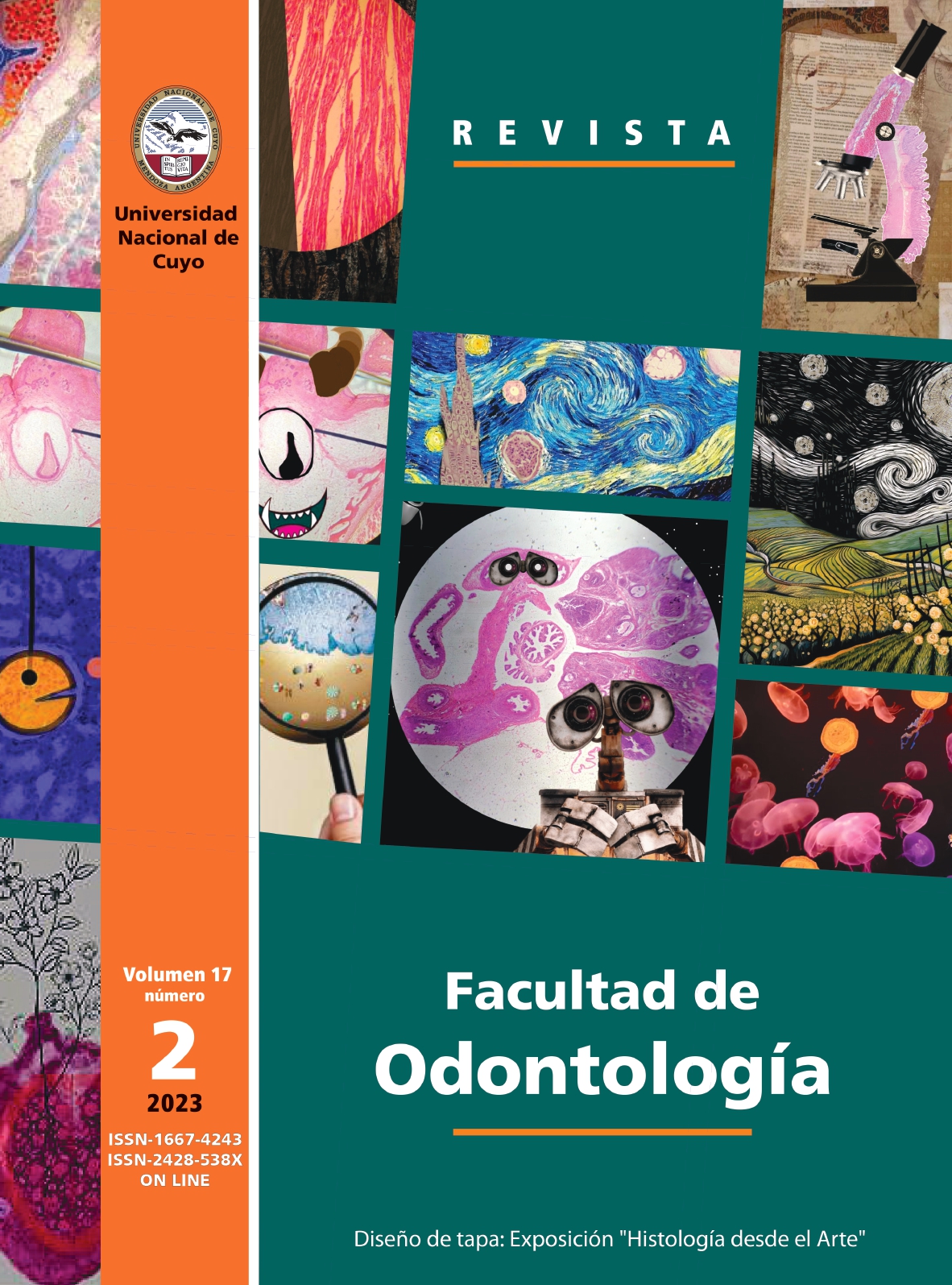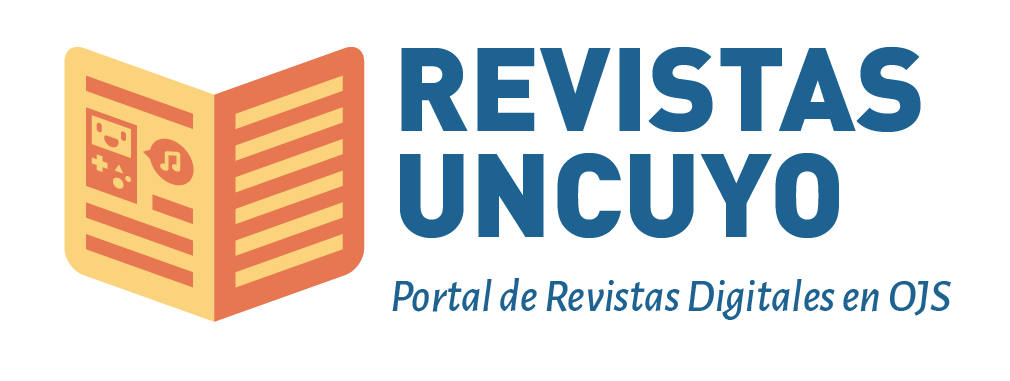The Stimulation of Motor Skills and Intellectual Autonomy in Students through the Creation of Histology and Embryology Teaching Materials
Keywords:
skills, models, didactics, histology, embryologyAbstract
In the teaching-learning process, teaching materials stimulate the construction, use, and transfer of knowledge. Among teaching materials, models or three-dimensional construction models stand out, where the student handcraftedly reproduces real or fictional objects.
In this context, this work was presented with the objective of stimulating the achievement of motor and intellectual skills in students through the creation of histology and embryology teaching materials.
Materials and Methods: Students were divided into groups of 4/5 students. They created three-dimensional models of previously studied human morphological structures using different materials such as acrylic, resin, etc. They learned modeling and carving techniques in wax, using common dental laboratory tools.
The results showed that the construction of histology models strengthened prior knowledge on the topic of the chosen project, as well as helped students understand the histological organization of the organ studied and the incentives for searching for specific information. However, the desired objectives were not achieved in terms of the participation of students in work teams, both from the point of view of socio-affective integration, and in the intervention of students equitably in carrying out the project. If it is worth highlighting a great improvement in manual dexterity, when using materials and instruments for dental use, which makes this practice highly recommended.
References
Zavala W. Niveles de conocimientos adquiridos sobre el desarrollo del germen dentario en relación con el período de pandemia de COVID-19 por alumnos de primer año de la Facultad de Odontología de la Universidad Nacional de Cuyo. FEM: Revista de la Fundación Educación Médica. 2022;25(5):221-224.
Morales Muñoz PA: Elaboración de material didáctico. Red tercer Milenio. México,DF. 2012
Aversi-Ferreira TA, Aversi-Ferreira RAGF, Nascimento GNL, Nyamdavaa N, Araujo MF, Ribeiro PP, da Silva NC, Brandão LD, Gratão LHA, Abreu T, Pfrimer GA, Souza VV, Soares NP, Hori E, Nishijo H. Teaching embryology using models construction in practical classes. Int J Morphol. 2012;30(1):188-195.
Ruiz Martín V. La maqueta y el modelo tridimensional como recursos didácticos para la comprensión espacial. URIhttp://hdl.handle.net/10486/689437:http://hdl.handle.net/10486/68947
Bruning RH, SchrawGJ, Norby MM, Ronning R. Psicología cognitiva y de la instrucción. Ciudad de México: Pearson Educación; 2012.
Ardila CM, González-Arroyave D, Zuluaga-Gómez M. Efficacy of three-dimensional models for medical education: A systematic scoping review of randomized clinical trials. Heliyon. 2023;9(2):e13395. https://doi.org/10.1016/j.heliyon.2023.e13395.
Freitas LAM, Barroso HFD, Rodrigues HG, Aversi-Ferreira TA. Construction of embryonic models with recycled material for didactic using. Biosci. J. 2008;24:91-7.
Downloads
Published
Issue
Section
License
Copyright (c) 2023 Adriana Bermejo, Silvina Garas, Walther David Zavala

This work is licensed under a Creative Commons Attribution-NonCommercial-ShareAlike 3.0 Unported License.
Atribución-NoComercial-CompartirIgual 3.0 No portada (CC BY-NC-SA 3.0)
Usted es libre de:
- Compartir — copiar y redistribuir el material en cualquier medio o formato
- Adaptar — remezclar, transformar y construir a partir del material
- La licenciante no puede revocar estas libertades en tanto usted siga los términos de la licencia
Bajo los siguientes términos:
Atribución — Usted debe dar crédito de manera adecuada, brindar un enlace a la licencia, e indicar si se han realizado cambios. Puede hacerlo en cualquier forma razonable, pero no de forma tal que sugiera que usted o su uso tienen el apoyo de la licenciante.
NoComercial — Usted no puede hacer uso del material con propósitos comerciales.
CompartirIgual — Si remezcla, transforma o crea a partir del material, debe distribuir su contribución bajo la lamisma licencia del original.






